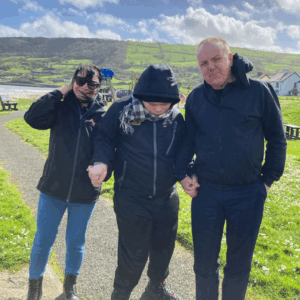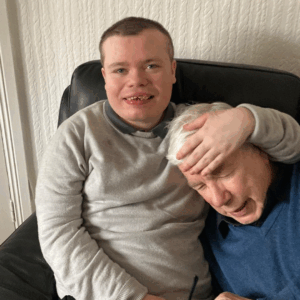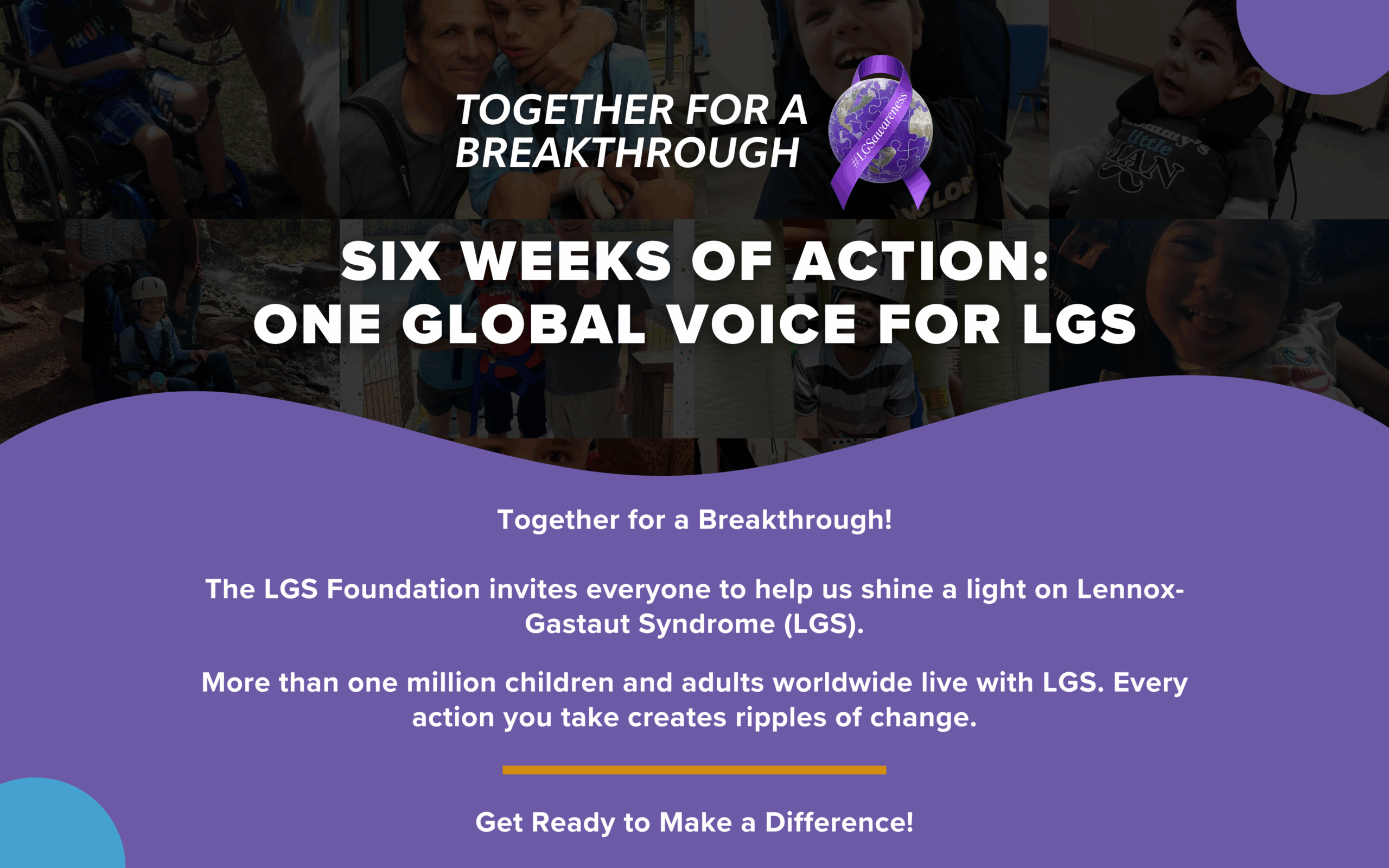 Our grandson Patrick is 28 years old and has lived with Lennox-Gastaut Syndrome (LGS) since he was just 4. He’s the eldest of our daughter’s four children, and for the past eight years, he has lived with us full-time. Before that, he spent every weekend with us—from Friday through Monday—filling our home with laughter, love, and music.
Our grandson Patrick is 28 years old and has lived with Lennox-Gastaut Syndrome (LGS) since he was just 4. He’s the eldest of our daughter’s four children, and for the past eight years, he has lived with us full-time. Before that, he spent every weekend with us—from Friday through Monday—filling our home with laughter, love, and music.
Patrick experiences nearly every type of seizure known. For much of his life, they came throughout the day, but recently, most occur as he’s drifting off to sleep. Because his tonic and tonic-clonic seizures can be so severe, my husband and I take turns staying awake with him through the night—holding his hand, watching for the first twitch that signals what’s to come. On many nights, Patrick has between eight and fourteen seizures. The hardest moments are when he slips into status epilepticus, and we fear for his life.
This year alone, Patrick has been hospitalized three times for weeks at a time. We never leave his side in the hospital, because he needs help with everything—eating, toileting, and communicating. Yet, after every seizure, Patrick always greets us with a smile. His resilience humbles us. His smile reminds us why we keep going.
Recently, Patrick’s old seizure patterns returned, leading to another frightening hospital stay. One night, he experienced 19 atonic seizures in just ninety minutes. During one of them, he dropped without warning while looking out the window. Only his grandad’s quick reflexes saved him from a devastating fall. He still hit a chest of drawers and injured his head and face, but it could have been so much worse.
Since then, Patrick doesn’t move around the house as much as he used to. He used to love to run, but now he often prefers to sit still, as if he senses a seizure coming. The change has caused some weight gain—he’s now 86 kg at just 5’2”—but we’re working closely with his doctors to find the best treatment path. His neurologist has discussed starting a new therapy and possibly adding a VNS (Vagus Nerve Stimulation). Before beginning treatment, Patrick must undergo an echocardiogram and then continue heart monitoring every six months. We’ve also discussed medical cannabis as a possible option.
 Despite all he endures, Patrick continues to find joy. His grandad plays guitar, and recently, Patrick has developed a deep love for music too. He strums along on his own guitar or listens to pop songs on his tablet, smiling and swaying to the rhythm. It’s pure happiness to watch.
Despite all he endures, Patrick continues to find joy. His grandad plays guitar, and recently, Patrick has developed a deep love for music too. He strums along on his own guitar or listens to pop songs on his tablet, smiling and swaying to the rhythm. It’s pure happiness to watch.
If Patrick could have just one peaceful night of sleep—without seizures—his world would open up. These nightly seizures don’t just affect him; they affect us too. The exhaustion is constant. I had to retire this past Christmas from a job I loved as a fitness instructor because the sleepless nights became too much. His grandad retired three years ago for the same reason. Still, every day we wake up grateful for Patrick’s life and his light.
Patrick’s life is full of laughter, love, and music. Everyone who meets him is instantly drawn to his warmth and his beautiful smile. But seizures are stealing his peace—and ours. We continue to fight for his right to a life without LGS.
-Written and submitted by: Patricks gran, Muriel
Updated 10/14/25 (KK)

